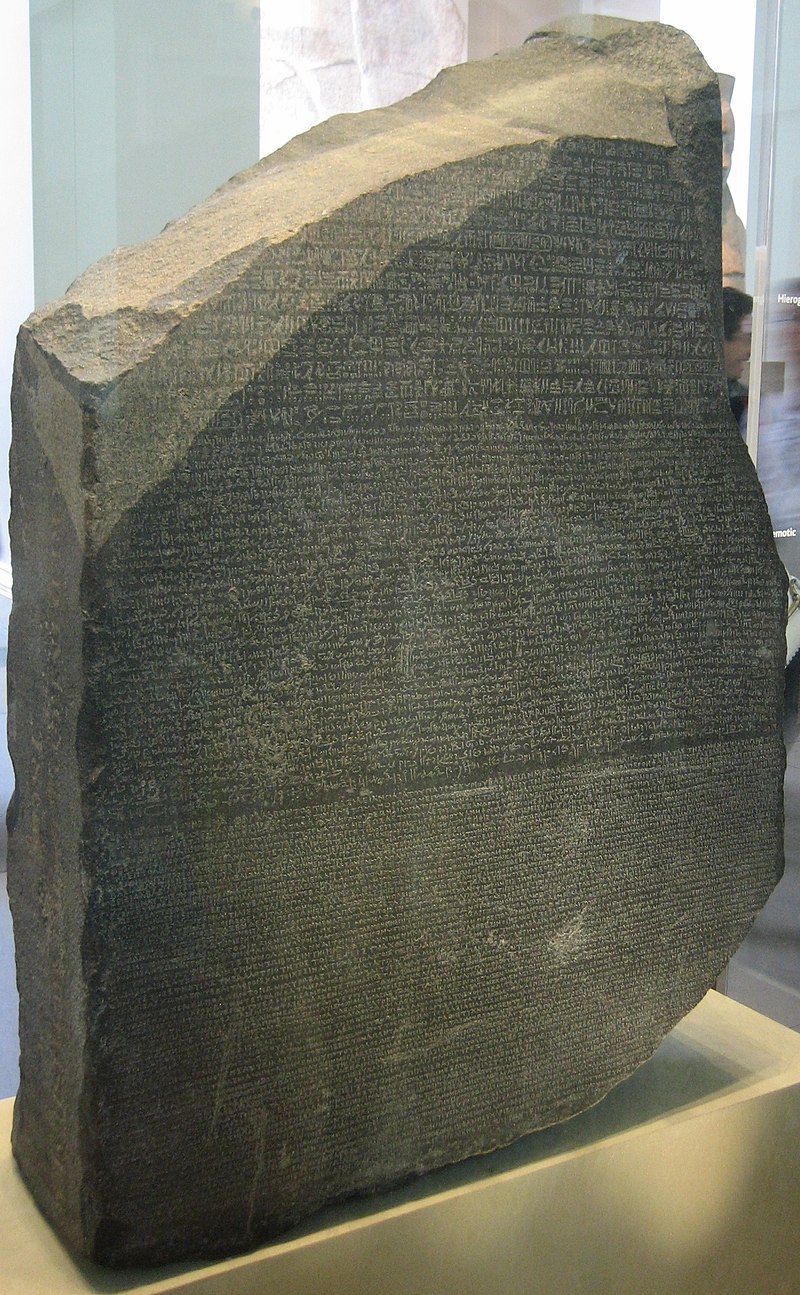The following is an excerpt (Chapter II, pages 17-18) from Ancient and Medieval History (1946) by Francis S. Betten, S.J. Although some information may be outdated, the Catholic historical perspective it provides remains pertinent. Use the link at the bottom of post to read the previous/following pages. Use Search to find specific topics or browse using the Resources tab above.
PART TWO: ORIENTAL HISTORY
CHAPTER III
DISCOVERIES IN EGYPT AND BABYLONIA

9. Very little was known of the ancient history of these countries until about a hundred years ago. Travelers in the lands of the Euphrates reported extensive remains of temples, palaces,and tombs, with inscriptions written in mysterious characters. Scholars at first set these letters down as some peculiar form of Hebrew or Chinese, or as mere ornamentations, or as the effect of worms or the weather. But in 1802 A.D. the German scholar Grotefend was able to read several royal names. Others by patient labor corrected and completed his studies. The kind of writing thus discovered is called cuneiform (§ 42). A happy accident furnished a clue to understanding the Egyptian system of writing. (See legends of pictures on pages 17 and 18.)

At first there was little to read; but new interest had been aroused. About 1850 scholars began extensive explorations in the east. Sites of forgotten cities, buried beneath desert sands, were discovered. Most of them contained numerous inscriptions on stone and brick, and large libraries with books written on “papyrus,” a sort of paper made from the papyrus reed which grew in the Nile. Part of these writings has been translated. Since 1880 the results have begun to appear in our schoolbooks. Very recent years have been the most fruitful of all in discoveries.


